The most ambitious long takes in movie history
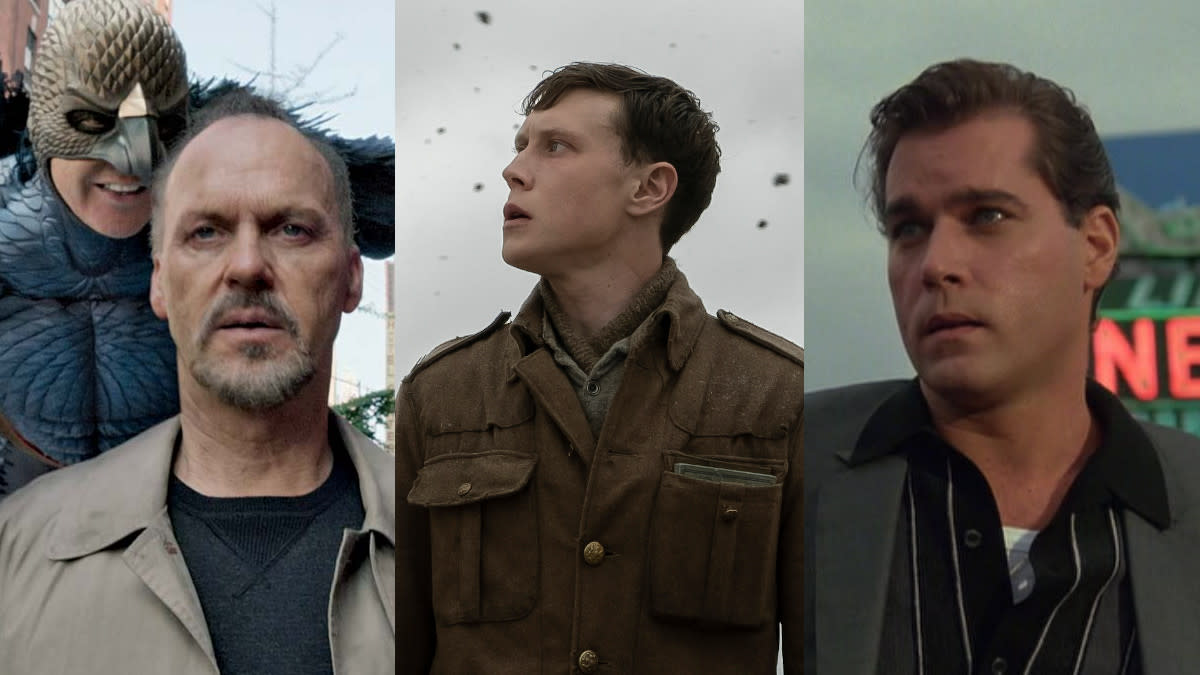
The stylistic trickery of the long take is in the news this week thanks to the arrival in UK cinemas of Sam Mendes’ tense war movie 1917, hot on the heels of its surprise success at the Golden Globes. It’s a film presented as if its entire two-hour running time unfolds mostly in a single take — other than a very important cut to black — though there are numerous concealed cuts throughout the story.
This technique has been used many times over the years, with the earliest example of the faux single take dating all the way back to Alfred Hitchcock’s Rope in 1948. It has become more common in recent years with improved camera technology and the presence of invisible CGI to paper over any slightly awkward cracks.
Read more: Full list of Golden Globes winners
Long takes aren’t always faked, though, with numerous examples over the years of films that have genuinely utilised mind-bendingly lengthy shots in which any cast member to mess up would presumably have received a very stern telling off.
So here’s a brief history of the most ambitious and impressive long takes in movie history, both real and deceitful...
Rope (1948)
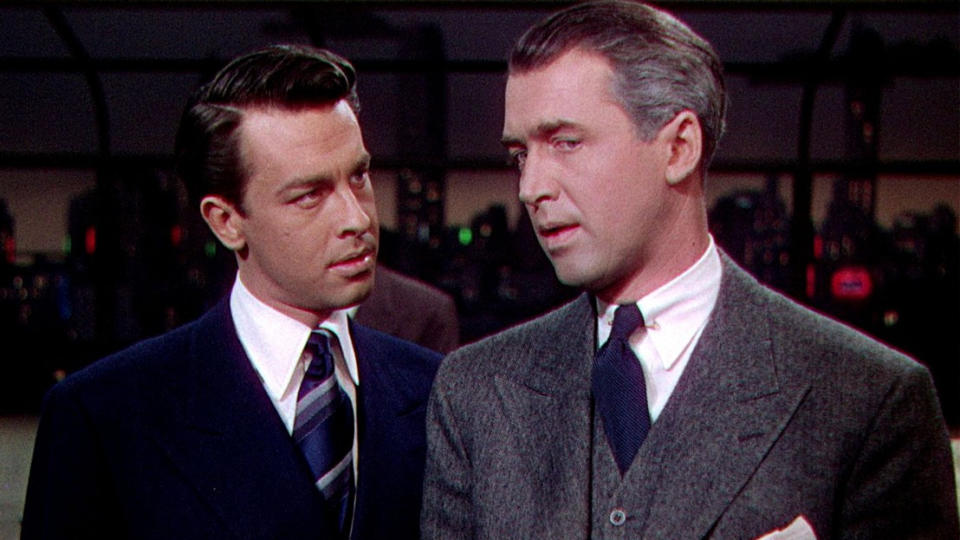
As well as being the undisputed Master of Suspense, Alfred Hitchcock was a cinematic innovator. Not only was 1948’s Rope his first movie in colour, it was also one of the first movies to be presented as if unfolding in a single, continuous take, telling the story of young intellectuals who believe they have carried out the perfect murder.
Hitchcock achieved his cinematic feat by shooting a series of takes up to a maximum of 10 minutes each — the length of the magazine in a film camera — and concealing the cuts by tracking past characters’ clothing or pieces of furniture.
Read more: Hitchcock says Psycho was “big joke” in archive interview
Reviews at the time were decidedly mixed and Rope floundered at the box office, but its reputation has grown in subsequent years. Film critic Roger Ebert wrote in 1984 that the film is “one of the most interesting experiments ever attempted by a major director working with big box-office names”. Its influence is certainly being felt today.
Touch of Evil (1958)
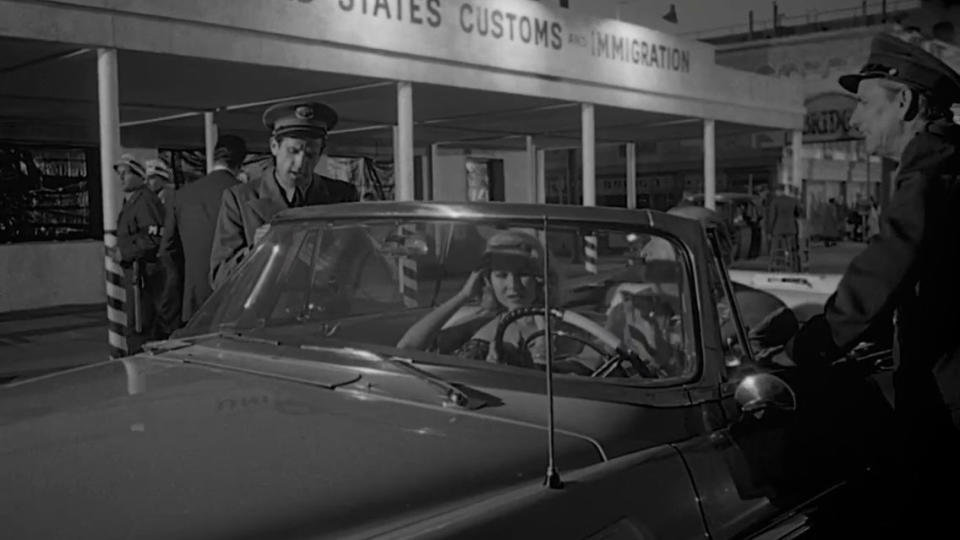
Orson Welles is one of the most critically acclaimed filmmakers of all time for a reason, and he explains that reason concisely and clearly with the bravura opening of Touch of Evil. The 50s noir begins with a bomb being placed in a car and then follows that car for more than three minutes, building the tension to almost unbearable levels. Some versions of the movie run the opening credits over the scene which, naturally, rather dilutes the effect.
Touch of Evil is best known for this opening scene and it stands as a major influence upon many of the other entries on this list.
Goodfellas (1990)

Goodfellas is Martin Scorsese’s brash masterpiece — a chaotic odyssey through the underbelly of the Italian mob in Brooklyn, told through the eyes of Ray Liotta’s Henry Hill. One of the most memorable moments of the movie features a lengthy tracking shot as Hill and his future wife Karen enter the Copacabana nightclub. Scorsese shot the sequence eight times in order to get it exactly right as the camera weaves along tight corridors and through busy environments.
Read more: 10 things you never knew about Goodfellas
This shot puts the audience into Karen’s shoes as she is led into this dizzying, labyrinthine world. Like Karen, the viewer is increasingly intoxicated by the untouchable, complex world of the gangsters. It’s an impressive scene that conveys a huge amount of information about the characters, while also showcasing exceptional technical mastery.
Panic Room (2002)
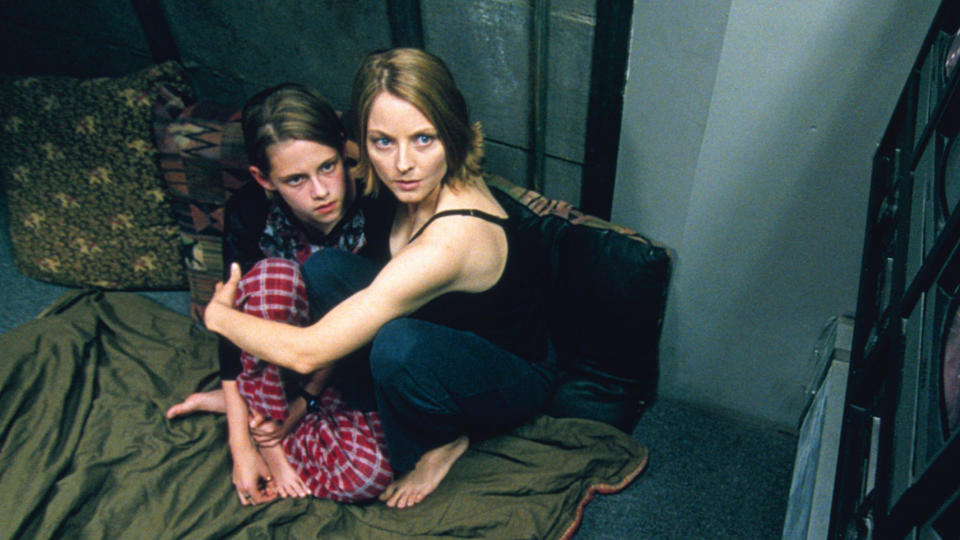
David Fincher is known for being a director with a stylish eye and a meticulous desire for perfection. In the early moments of his noughties thriller Panic Room, he constructed a long take to establish the layout of the central house. It’s an audacious flourish of filmmaking, with the camera swooping in and out of keyholes and up through ceilings for a sequence spanning three minutes which took nine days to film and required several months of post-production work to marry live-action shooting and CGI effects.
Read more: Fincher movie appears on Netflix 2020 slate
This is one of the more self-consciously flashy entries on this list, with Fincher relishing the ability to showboat with the camera in the midst of his slick thriller. Given the fact the movie grossed $196m (£150m) worldwide, audiences were seemingly suitably wowed by his showmanship.
Oldboy (2003)

Violent action cinema loves a long take, most recently with Chad Stahelski’s John Wick series. One of the most famous examples of this is in Park Chan-wook’s intense thriller Oldboy, in which the imprisoned protagonist Oh Dae-su lets loose on a corridor of heavies with just a hammer in his hand. It’s a lengthy, chaotic tracking shot that is a triumph of wild fight choreography and the endurance of the actors involved.
Read more: Oldboy remake one of the least profitable ever
The scene has served as a blueprint for close combat fights in action movies ever since, adding a level of verisimilitude that is lost in heavily edited fight scenes. It was even referenced in a Muppets film, which is surely the highest seal of approval any filmmaker can hope for.
Atonement (2007)

Joe Wright’s adaptation of the Ian McEwan novel Atonement is remembered as one of the director’s trademark, handsome period dramas, focusing on the romance between the wealthy Cecilia (Keira Knightley) and her housekeeper’s son Robbie (James McAvoy). Robbie is sent to fight in France during the Second World War and ends up on the beaches at Dunkirk, showcased via a five-minute, unbroken tracking shot — actually filmed on the seafront of north-east seaside town Redcar.
It’s an elegant and harrowing distillation of the horrors of war, with Robbie realising how unlikely he is to escape any time soon and just how many of his comrades are in the same position. The technical achievement of the shot is matched by its emotional power and resonance within the story.
Gravity (2013)

Mexican filmmaker Alfonso Cuarón has proved himself to be a maestro of the long take, to the extent that most of this list could’ve been taken from his movies. Roma is packed with patient, methodical, peripatetic shots and Children of Men experimented with the format in ways that amplified the rugged tension of the piece.
Read more: Gravity almost ended very differently
Cuarón’s best lengthy take, though, is the opening of Gravity. The movie opens with a breathtaking, 17-minute unbroken shot as astronauts Sandra Bullock and George Clooney complete their mission amid the inky void of space, bathed in quite incredible light. As Bullock puts it, the scene is all about “rhythm”, with the two stars counting out their movements like they were dancing.
The result is incredible. Not only is this long take a work of filmmaking genius, it’s so organic that it takes 10 minutes or so to even realise that there’s something technically special going on. Cuarón creates an immediately immersive world on the big screen.
Birdman (2014)

The recent vogue for the idea of creating the illusion of a movie unfolding entirely in a single take reached its ne plus ultra with Alejandro González Iñárritu’s Oscar-winning Birdman. It’s a deliciously meta exercise in which Michael Keaton made his return from obscurity after achieving fame as a big screen superhero to play an actor returning from obscurity, years after achieving fame as a big screen superhero. The story unfolds over several days, but maintains the illusion of being stitched together as a continuous shot, with the camera constantly moving through stages, backstage areas and even the busy Times Square.
Read more: Birdman director reveals “piece of s**t” abandoned ending
Achieved by Iñárritu with the help of expert cinematographer Emmanuel Lubezki, who also worked with Alfonso Cuarón on long takes in both Children of Men and Gravity, it’s a real technical achievement. Unsurprisingly, Lubezki won the first of his three consecutive Oscars for the movie, with Iñárritu winning Best Director and the film scoring Best Picture.
Victoria (2015)
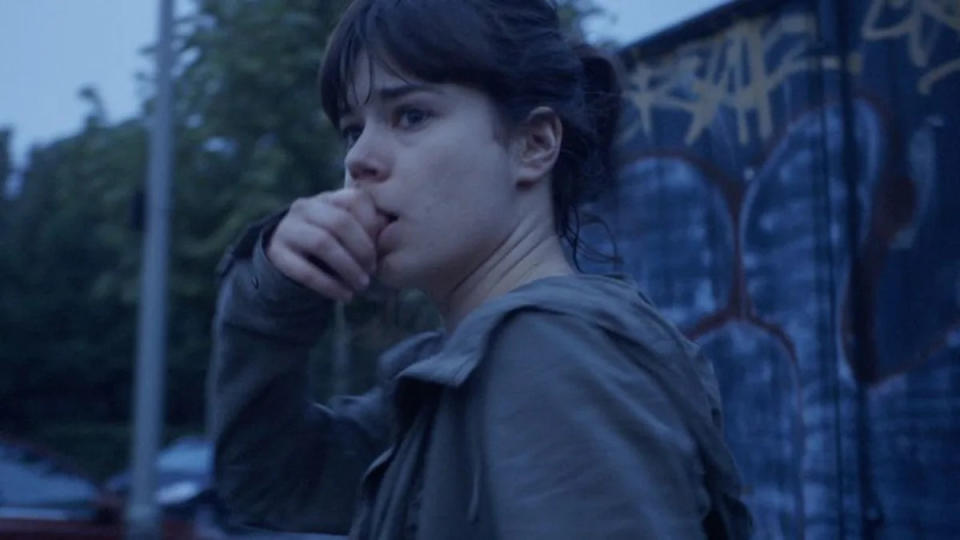
A year after Birdman won multiple Oscars for its elegantly stitched, pseudo-single take storytelling, German filmmaker Sebastian Schipper went one better with Victoria. It’s a 138-minute thriller which unfolds, legitimately, as one, continuous shot. The bank robbery tale was filmed traditionally at first, with long takes due to be stitched together, meaning they had something in the can, but the budget allowed Schipper three attempts to pull off the seemingly impossible feat of doing it all in one go.
Schipper told IndieWire that the first version was technically successful, but too conservative, while the second was “crazy”. He said he was able to see the stitched version after that second take and didn’t like it, leading him to give a “hairdryer speech” before the third and final attempt. This led the entire cast and crew to approach the third try with “a big spoon of aggression” that carried them to success.
There’s no doubting the ambition of Victoria, which is a unique film with a style that gives its thriller narrative even more energy and urgency.
Spectre (2015)
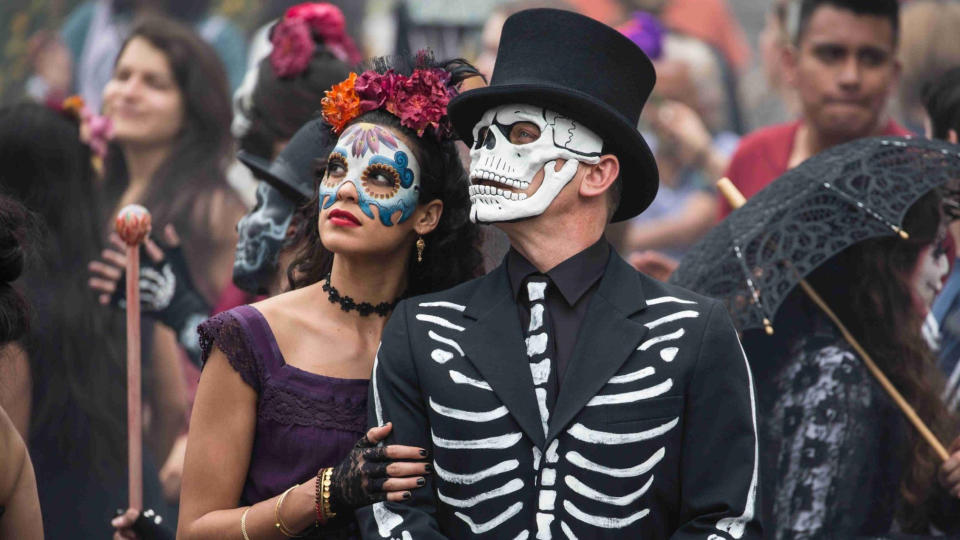
Before director Sam Mendes made an entire war movie in the style of a single take — but for the aforementioned cut to black — he delivered one of the most ambitious James Bond movie openings ever with Spectre. The four-minute sequence follows Daniel Craig’s Bond as he takes down a terrorist in Mexico City during the Day of the Dead celebrations, joining six shots together for the appearance of a single take.
Read more: Daniel Craig says secret idea stopped him quitting Bond
Even more impressively, those joins span multiple locations with some of the sequence filmed on location in Mexico and some of it recreated at Pinewood Studios, almost 2,000 miles away. Add to that the need for 1,5000 extras, stunts and CGI enhancement and the result is a very impressive and enormously complex achievement that no doubt prepared Mendes for the challenges of 1917. Maybe that’s what he was talking about when only “survival” in making Bond.
Lost in London (2017)

How do you go one better than a movie legitimately shot in a single take? Well, if you’re Woody Harrelson, then you shoot a movie in one continuous take, while broadcasting it live into cinemas. This was the bizarre cinematic experiment Lost in London, which was beamed into 500 American cinemas as well as the Picturehouse Central in London, as it was being filmed on the streets of the capital at 2am on a Friday in January.
The star’s directorial debut, he also played himself alongside pal Owen Wilson in a comic caper loosely based on a drunken night he experienced back in 2002. As if directing such an ambitious undertaking wasn’t hard enough, he was in it as well. The Guardian described the experience of watching it unfold in real time as “the messy but miraculous birth of a genuine oddity”. It’s certainly a project so bizarre that there are few filmmakers who would even consider giving it a try.
Read more: Harrelson explains what he’d do as President
1917 is in UK cinemas now.

 Yahoo Movies
Yahoo Movies 
